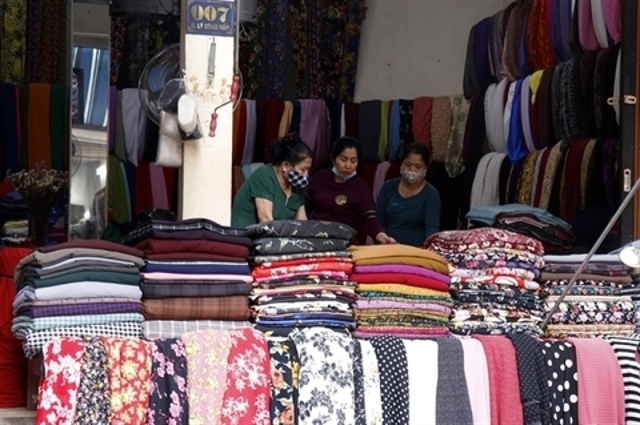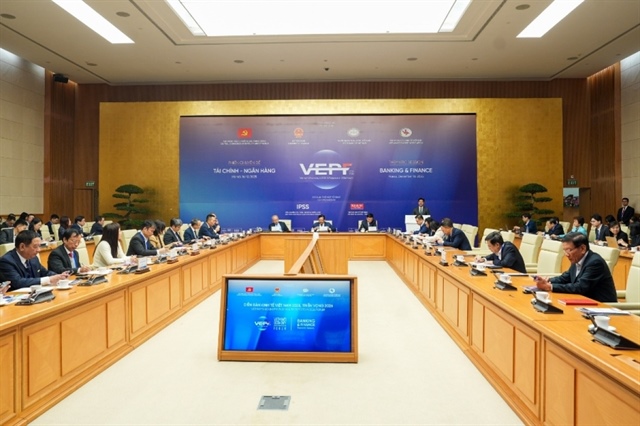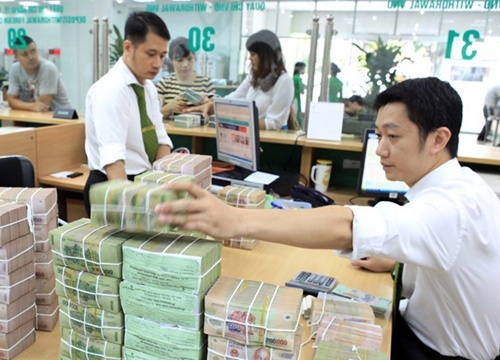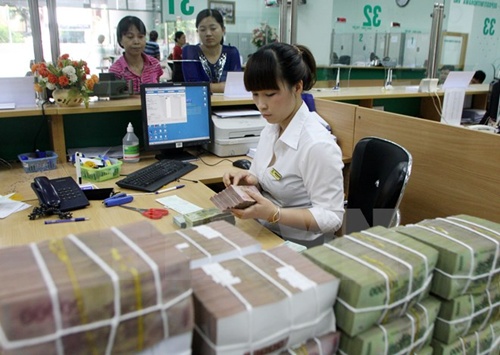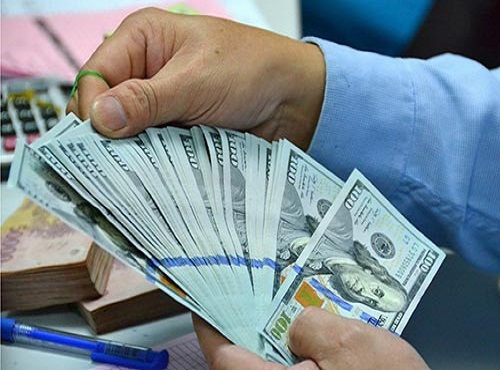Putting Vietnam’s banks on the map
Putting Vietnam’s banks on the map
Although the local banking sector might be one step behind its regional peers, the formation of the ASEAN Economic Community has set the local industry on a definite path of committed changes that should prepare it for any upcoming challenges.
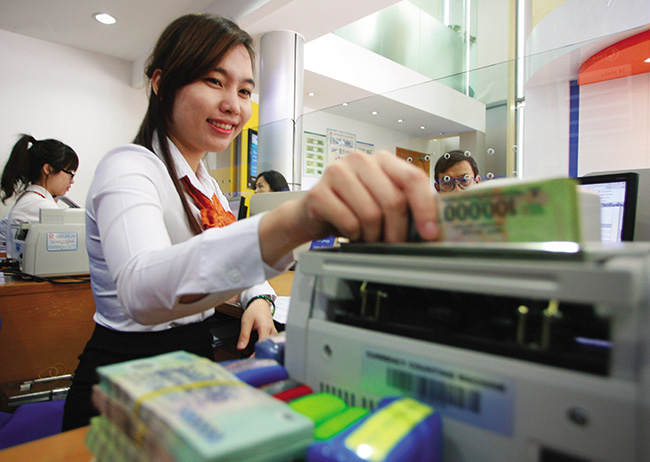
Nguyen Hoang Nam, deputy general director of Assurance Services at PwC Vietnam, writes about how Vietnam can increase its visibility on the regional banking map.
Where are we now?
Recently, Vietinbank was listed in the Top 500 of “The World’s Most Valuable Banking Brands” by Brand Finance. This encouraging piece of news goes some way towards proving our banking presence in the regional map. This is a great achievement for this bank, and is a result of its continued efforts to expand and develop its network both locally and overseas, as well as its active integration into the international financial market.
Does this set a norm for all Vietnamese banks? There are currently 43 commercial banks operating in Vietnam with collective assets of approximately $330 billion. The Vietnamese banking industry comprises a diverse mix of players, ranging from relatively large state-owned commercial banks down to very small privately held banks. The total collective capital of all the commercial banks in Vietnam is approximately $26 billion.
Vietinbank, with total assets of $35.5 billion and capital of $1.67 billion, is the biggest bank in Vietnam. However, within Vietnam’s banking landscape there are still too many small banks with total assets and capital lower than $1 billion and $150 million, respectively.
As compared to regional averages, most domestic banks are small and under-capitalised. In a ranking of listed banks in the region, Singaporean banks take the top three spots with DBS at number one – its total assets and capital reaching around $320 billion and $7 billion, respectively. Malaysian banks round out the top six, with Maybank being the biggest, thanks to its total assets and capital of $164 billion and $2.23 billion, respectively.
In terms of business performance, Vietnamese banks typically earn 70 per cent to 80 per cent of their total income from interest. Although this proportion is in line with banks from other emerging markets like Indonesia and Thailand, Vietnamese banks seem to earn a higher net interest margin as compared to their regional peers.
Risk management is relatively immature compared to countries in the region such as Malaysia, Thailand, and Singapore. Risk management was not the focus of Vietnamese banks in the past. However, with the new guidance on internal controls and internal audit issued in late 2011 and the introduction of Basel II by the State Bank of Vietnam, we have seen a lot more focus in this area by the larger banks in the local market. Still, it will take a long time to meet the standard requirements for the whole industry.
The Vietnamese banking system is still undergoing a restructuring programme to address the high level of non-performing loans and other structural problems, in particular the problem of cross-ownership among banks here.
Readiness and challenges
Vietnam is still seen as relatively attractive amongst the emerging markets in the region. Growth is likely to continue for the years to come, given the existence of various opportunities in the market in the medium and long term. However, there is room for stronger development of the banking industry in Vietnam, especially in terms of greater expansion of the retail banking segment. This is thanks to the relatively untapped potential of retail banking in Vietnam and a rising affluence among the young population. Banking penetration in Vietnam is still much lower than the regional norm, as only 20 per cent of the Vietnamese population owns a bank account.
Recently, many banks in Vietnam, especially larger joint stock banks, have started to increase their focus on retail banking with a diversified product mix being offered to the market via various channels, including mobile banking and internet banking. A number of larger banks have been focusing more on enhancing the quality of their customer services, risk management, technology, and talent development. By doing that, they are aiming to properly tap into the market opportunities and firmly establish a stronger position against more aggressive competition coming from the region in the future.
Given the formation of the ASEAN Economic Community (AEC), Vietnam will have to gradually open up its financial markets to foreign investors in the region by 2020. There will be a free flow of goods, services, investment capital, and skilled labour following liberalisation. These will include tariff reductions and the streamlining of administrative procedures. The banking sector will need to stay ahead of the game to facilitate investors and to support their moves throughout the region.
Vietnamese banks are expected to face a number of challenges from neighboring countries’ financial institutions. Vietnamese banks may continue to lag behind their peers in the region in terms of financial and technology strength, risk management, and product innovation. These should be a priority for Vietnamese banks in transforming their strategies and operations.
Action to take moving forward
Most Vietnamese banks normally have a small scale of operations which limits their ability to invest more in technology, human resources, risk management, as well as research and development activities for product innovation. In order to overcome these disadvantages, the State Bank of Vietnam should aggressively drive the industry’s consolidation as one of the priorities for the banking restructuring plan. This will help stabilise Vietnam’s banking industry as well as increase the competitiveness of existing local banks for the years ahead.
Vietnamese banks should also consider how to improve their range of products and services to meet the needs of their customers, especially those young people in Vietnam who have a growing income and greater spending power. Innovation should be encouraged, and given the high penetration of the internet and mobile phones in the country, Vietnamese banks should explore how to utilise these delivery channels to enhance their products and services.
Under the trend of globalisation, Knowledge Management is key in helping banks become more competitive relative to their peers. Vietnamese banks should set clear budgets for investing in technology and talent development – the two forces that drive any organisation to maximise profitability, innovation, and customer satisfaction.
In summary, the Vietnamese market is still a promising one over medium- and long-term scenarios. There are also a number of challenges that bankers in the market are facing. As a result of the focus on restructuring from the State Bank of Vietnam, we can expect significant changes in the Vietnamese banking industry over the next couple of years. Also, the formation of the AEC offers clear opportunities and challenges that bankers need to be thinking about and preparing for. Competition will become more aggressive but the market will become larger. Each bank will have to back its own survival and play to its strengths by building trust and high-quality customer service, as well as promoting more innovation and technology in its product development, distribution channels, and various operational aspects. Only then can they grasp the existing market opportunities and develop the industry sustainably through the regional integration.




